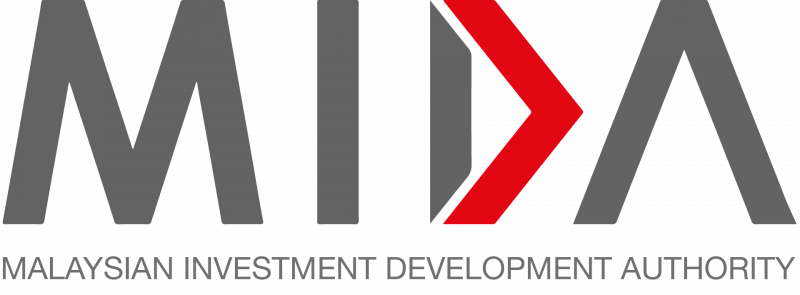Sik Cheong Bhd, a key player in the repackaging and distribution of refined bleached and deodorised (RBD) palm olein oil, is preparing to raise RM17.8 million through its upcoming IPO on Bursa Malaysia’s ACE Market.
Scheduled for listing on Aug 13, 2024, the IPO is set to bolster the company’s strategic expansion and operational capabilities.
A significant portion of the proceeds, RM7.2 million, will be allocated to expanding Sik Cheong’s packaging facility.
The investment will fund the redevelopment of Factory No 9 and the purchase of new machinery.
An additional RM900,000 is designated for acquiring new delivery trucks, aimed at enhancing the company’s distribution network.
The remaining RM6 million will be used for working capital to support ongoing operations, while RM3.8 million will cover the costs associated with the IPO process.
Sik Cheong, which has built a strong reputation in the industry for more than 30 years, focuses on repackaging and distributing RBD palm olein oil, a staple cooking ingredient in Malaysia.
The company’s customer base exceeds 500 annually, including notable clients like The Chicken Rice Shop Restaurant Sdn Bhd and the NSK group.
“The demand for RBD palm olein cooking oil products will continue to grow due to its essential role as a daily food ingredient. We see substantial market potential, as palm oil remains the most widely consumed vegetable oil in Malaysia, accounting for 76.7% of the total vegetable oil volume sold in 2023.
“In fact, the RBD palm olein oil repackaging industry in Malaysia is projected to grow at a compound annual growth rate (CAGR) of 20.9% to reach RM12.8 billion in 2026.
“With the expected proceeds from the IPO, we can accelerate our strategic expansion plans and capture a bigger market share in the industry,” MD Wong Hing Ngiap said in a press statement.
The IPO proceeds are expected to enhance Sik Cheong’s packaging capabilities, increasing operational space by 88.1% to approximately 38,525 sq ft (3,579 sq m).
The expansion will facilitate the introduction of high-oleic soybean oil into its product range and address current space constraints.
Furthermore, Sik Cheong plans to extend its market reach beyond Kuala Lumpur and Selangor to neighbouring states such as Perak, Negri Sembilan, Melaka and Pahang.
The acquisition of new delivery trucks will support this geographic expansion and ensure prompt and reliable product deliveries.
Financially, Sik Cheong said its revenue climbed from RM42.6 million in the financial year of 2021 (FY21) to RM79.6 million in FY24, reflecting a three-year compound annual growth rate (CAGR) of 23.2%.
The company’s profit after tax grew at a CAGR of 50.6%, reaching RM6.3 million in FY24.
Sik Cheong’s gross profit margin also improved to 16% in FY24, driven by a higher volume of non-subsidised RBD palm olein oil products.
Sik Cheong’s IPO will involve the issuance of 66 million new shares, representing 24.8% of its enlarged share capital.
Of these, 13.3 million shares will be available to the Malaysian public through balloting, four million shares will be allocated to eligible directors, employees and contributors, while 48.7 million shares will be reserved for private placement to selected investors.
With an IPO price set at 27 sen per share, Sik Cheong’s market capitalisation upon listing is projected to be approximately RM71.8 million.
Applications for the public issue are open until July 30, 2024.
TA Securities Holdings Bhd is serving as the principal advisor, sponsor, sole underwriter and placement agent for the IPO.
Source: The Malaysian Reserve
Sik Cheong to raise RM18m in IPO for facility expansion, market reach
Content Type:
Duration:


